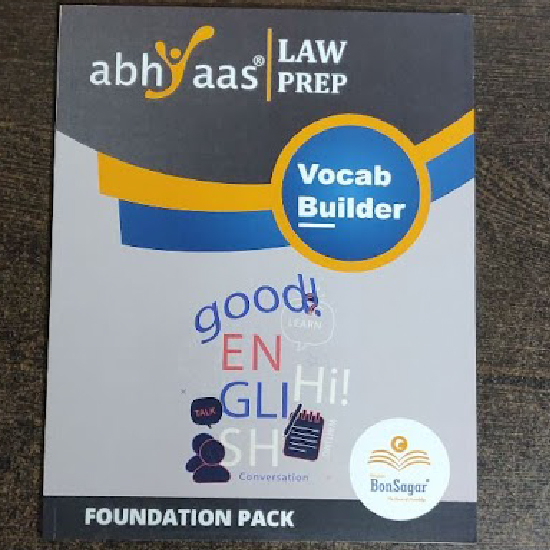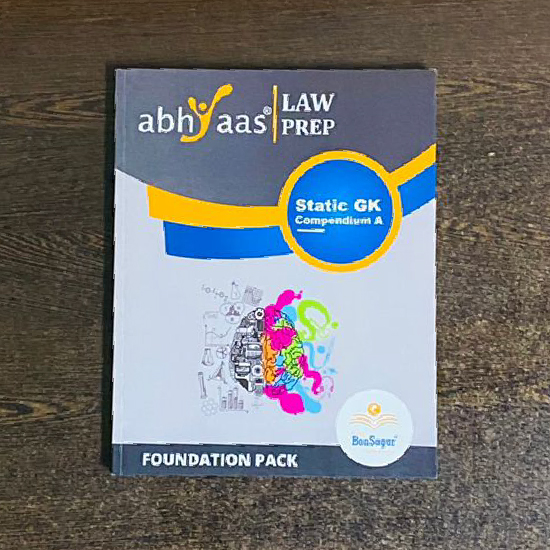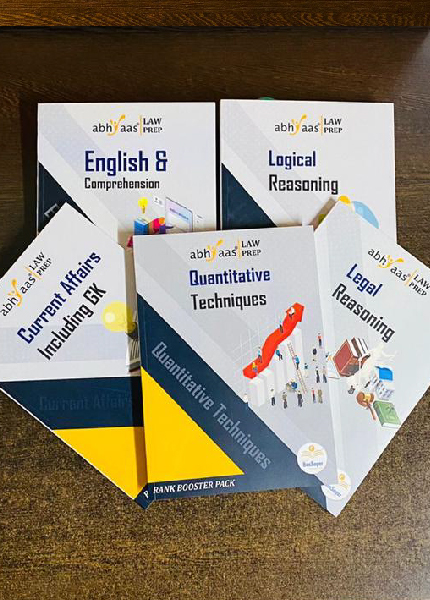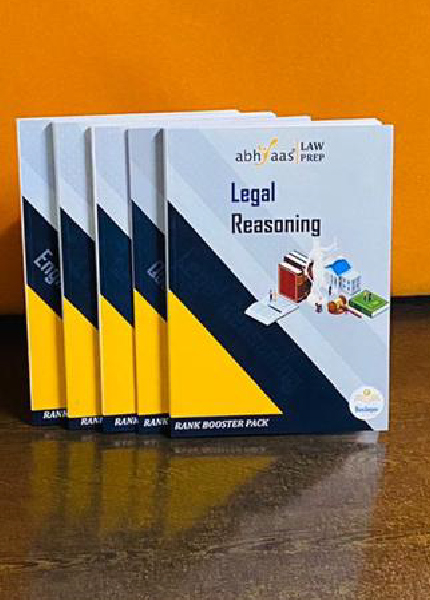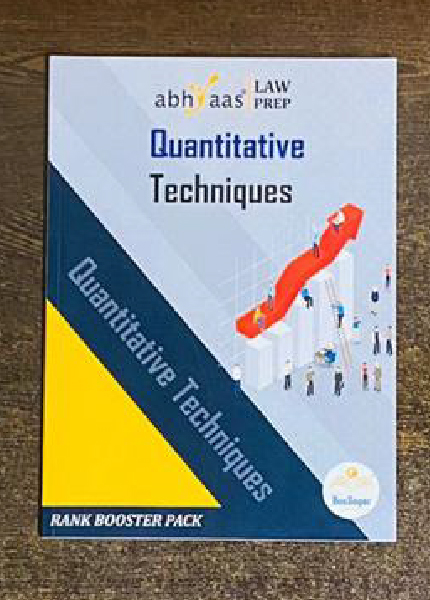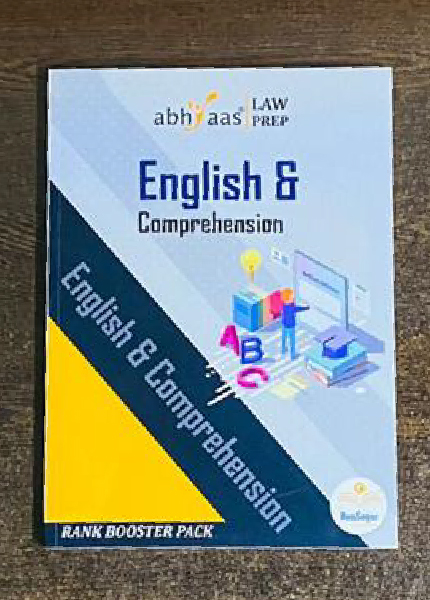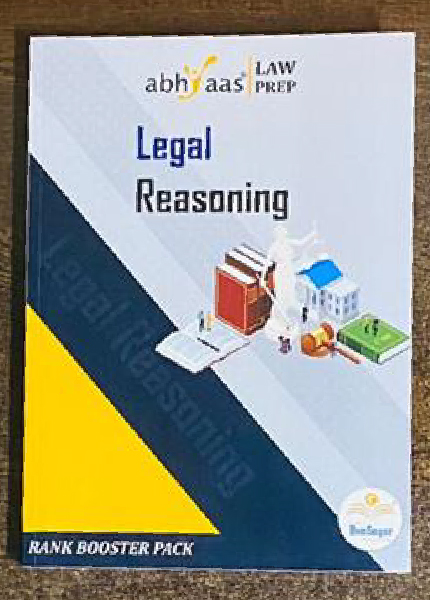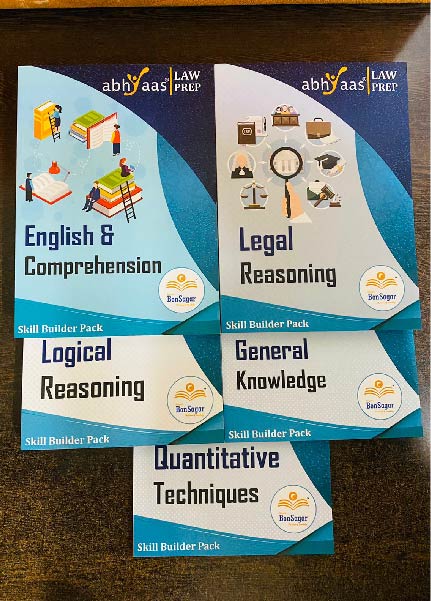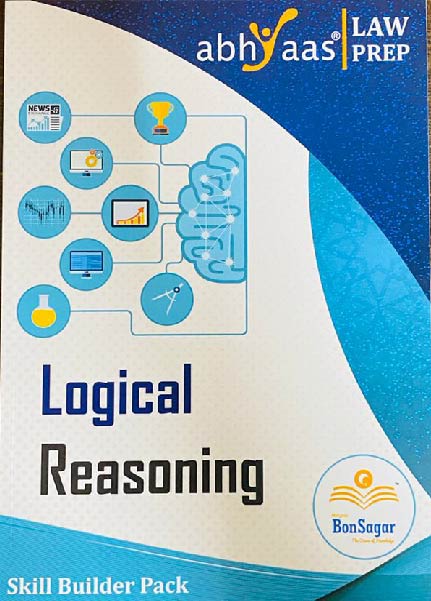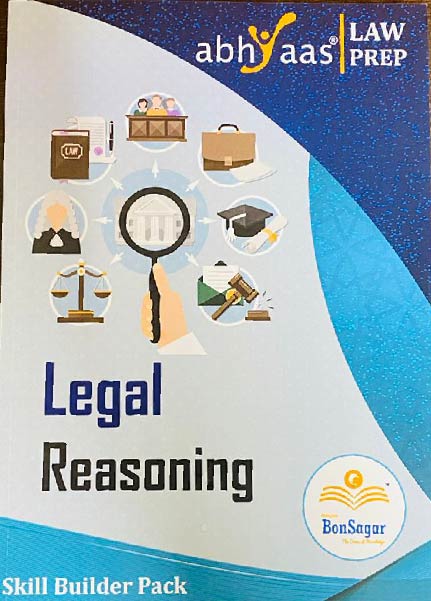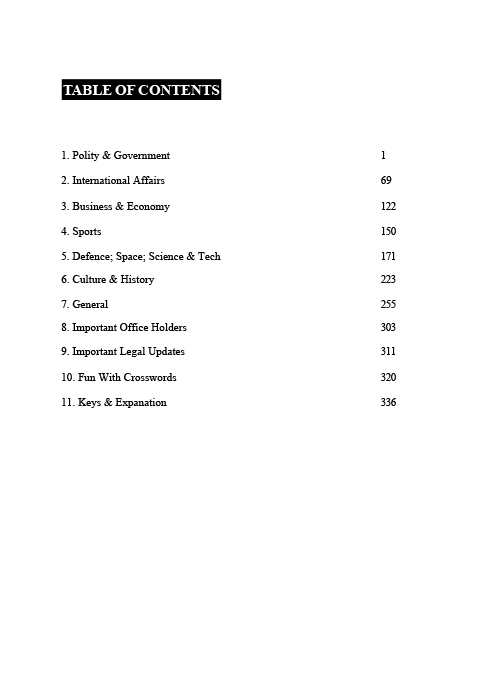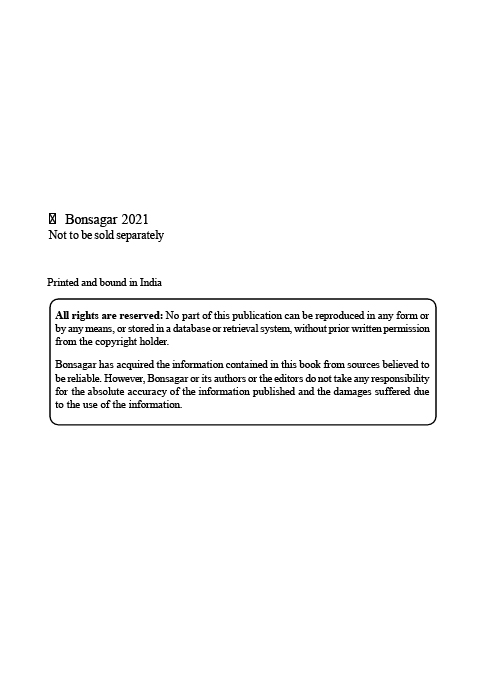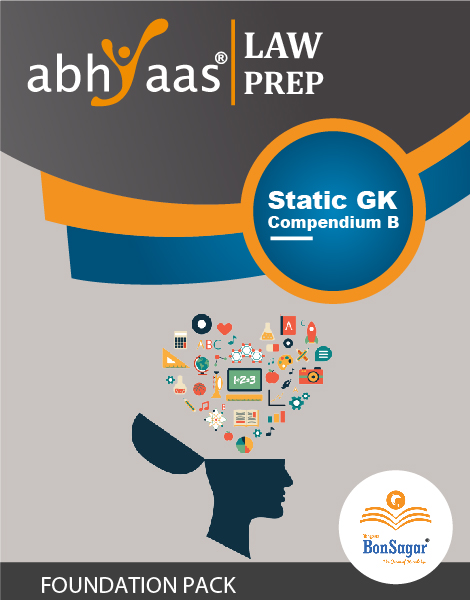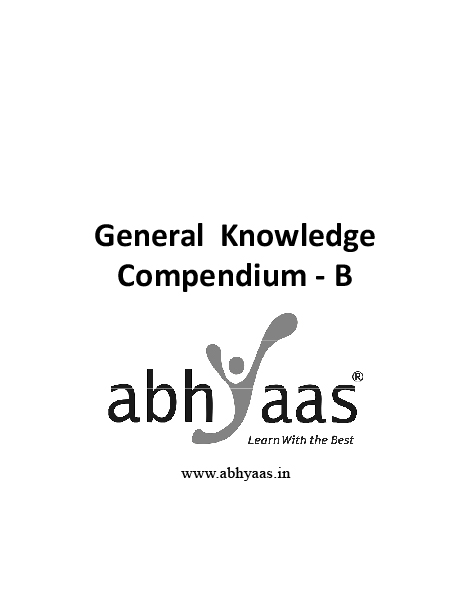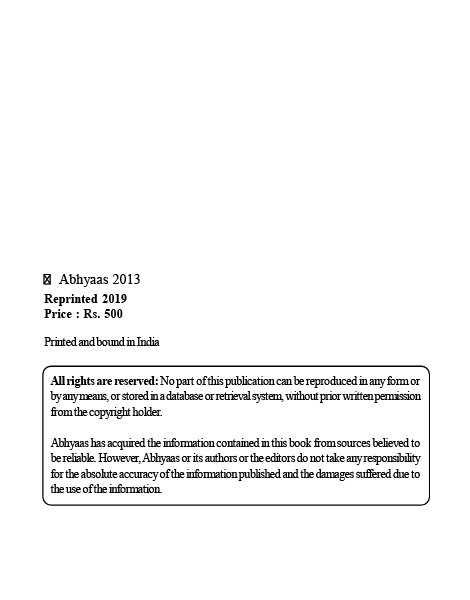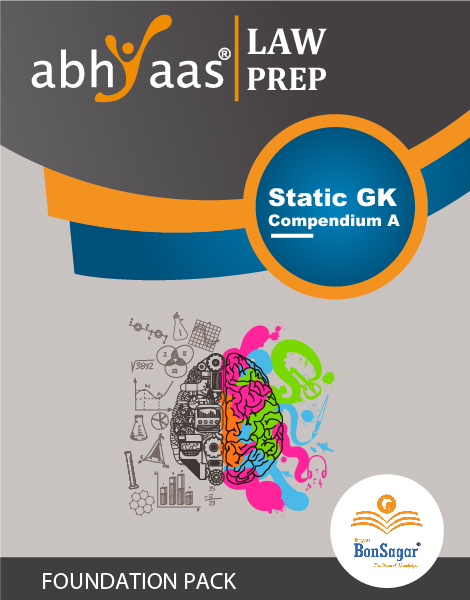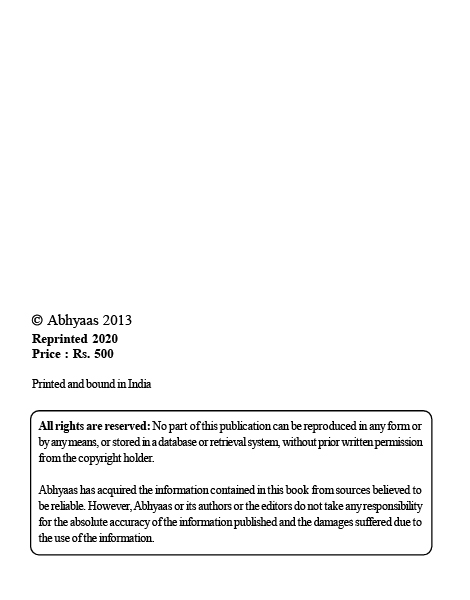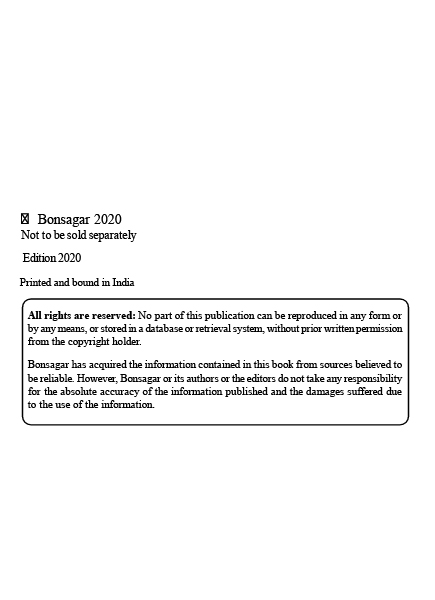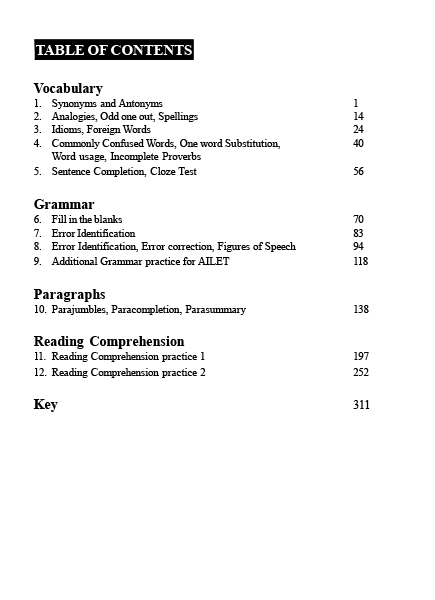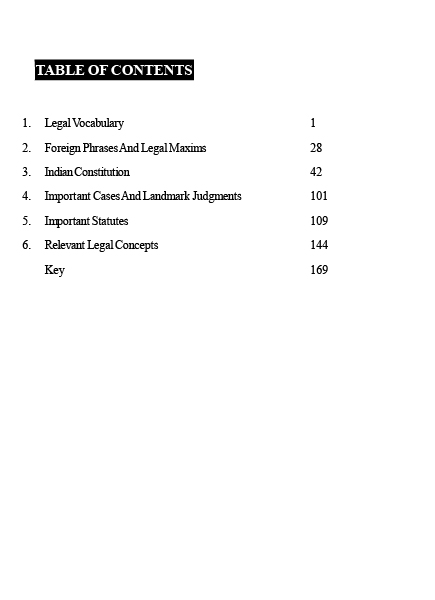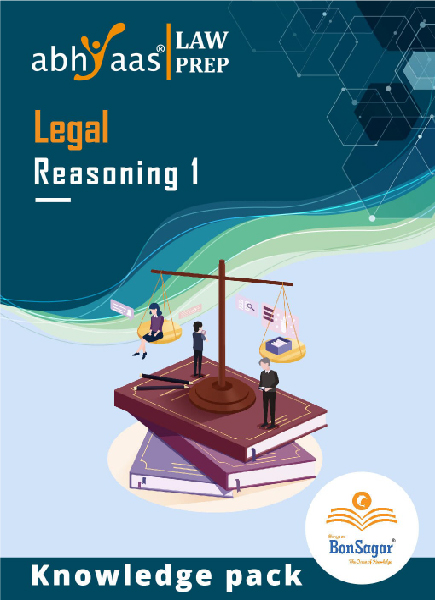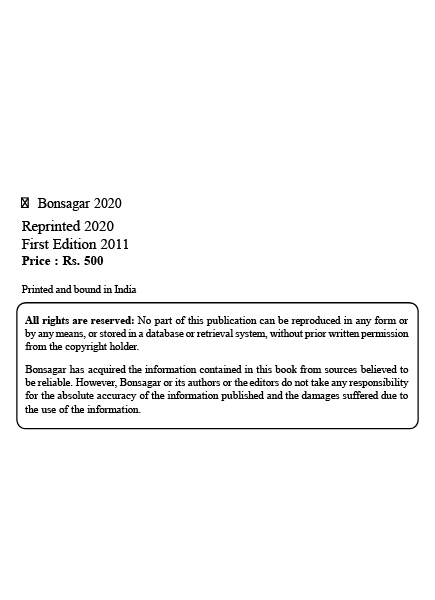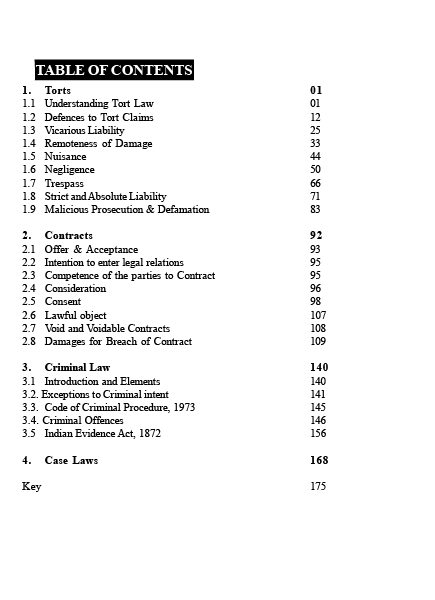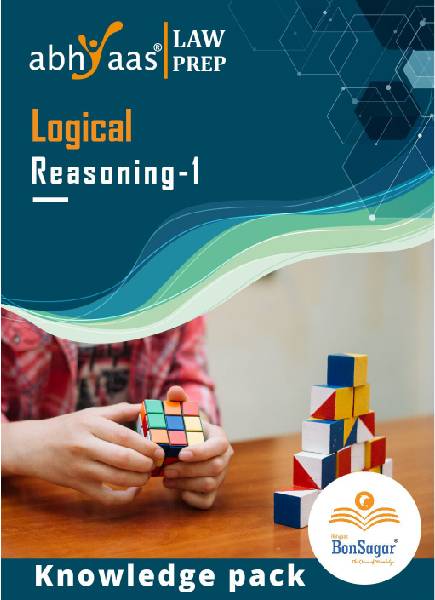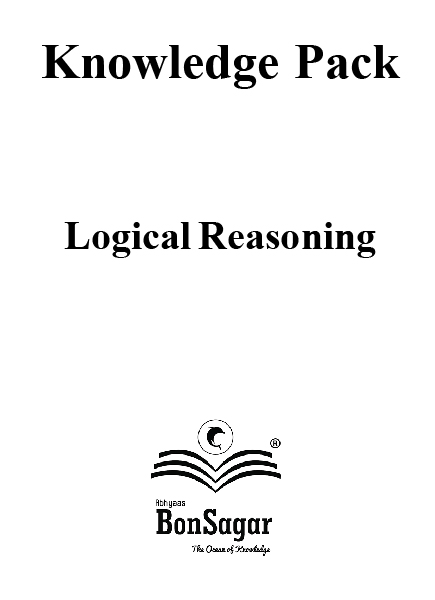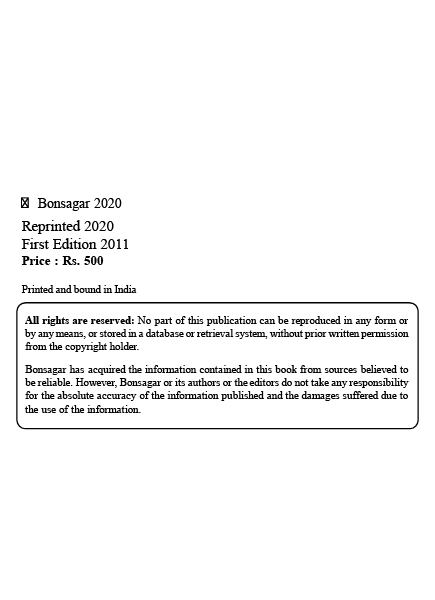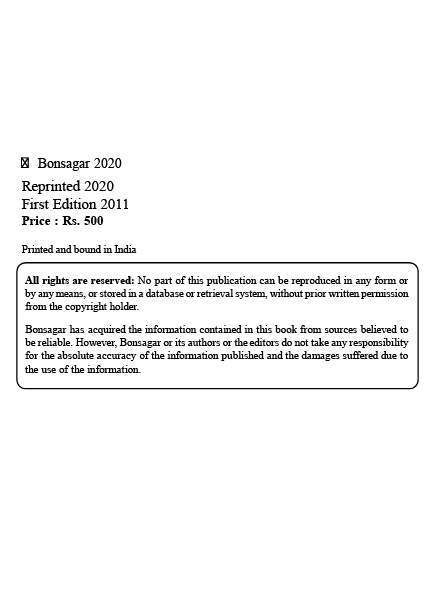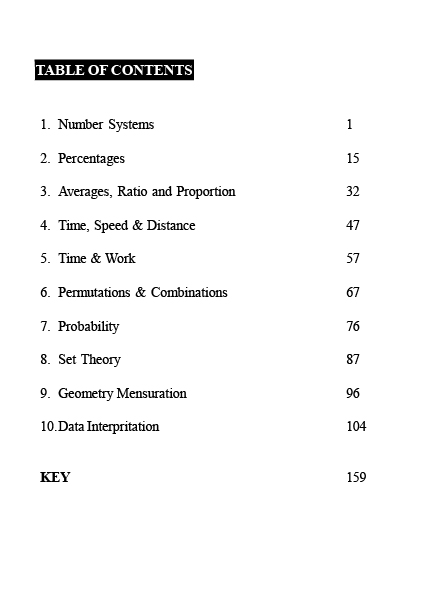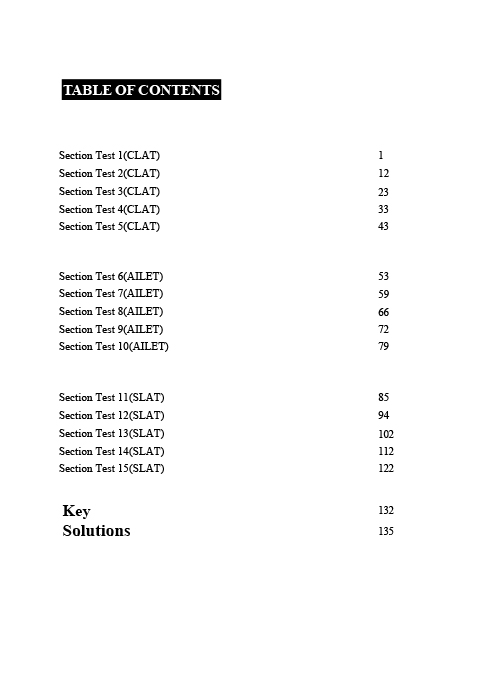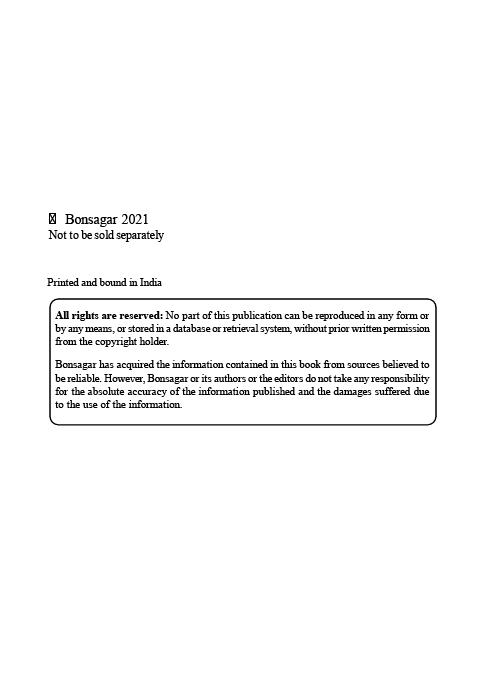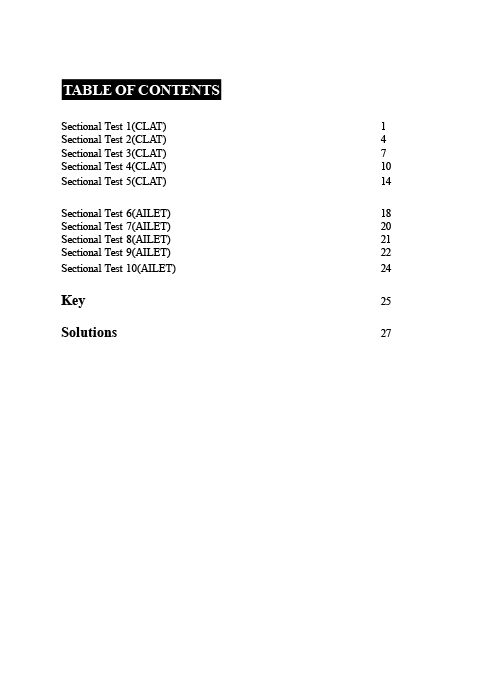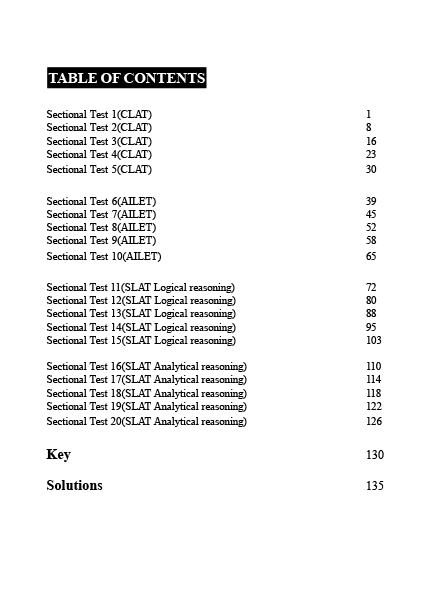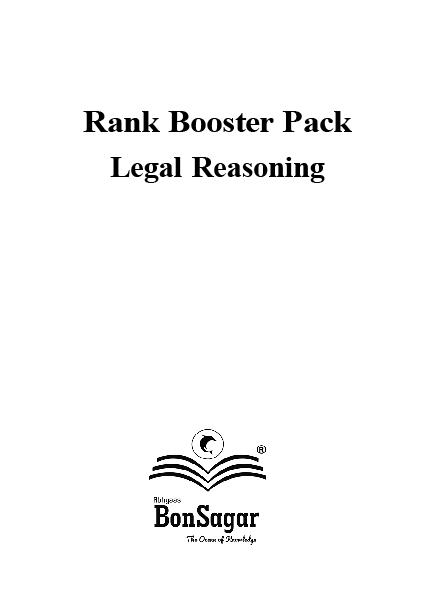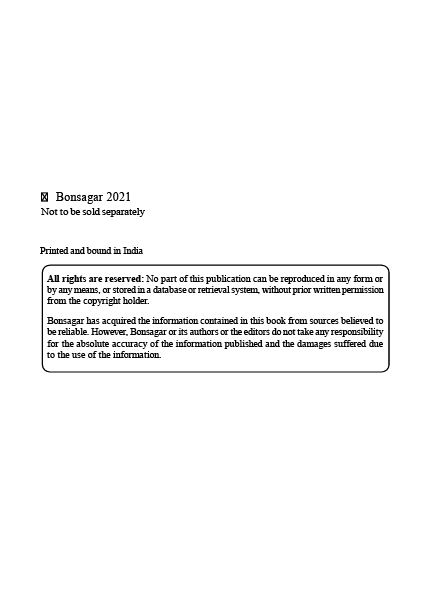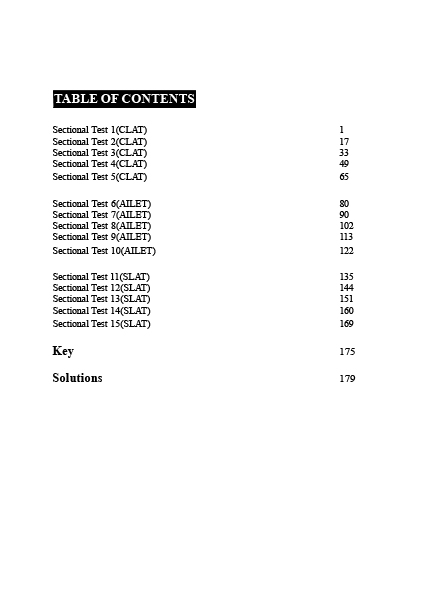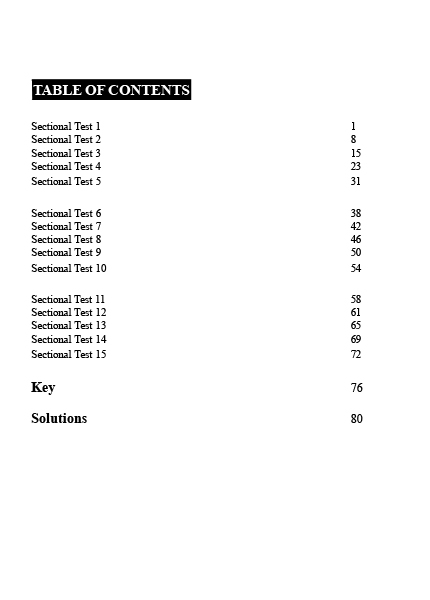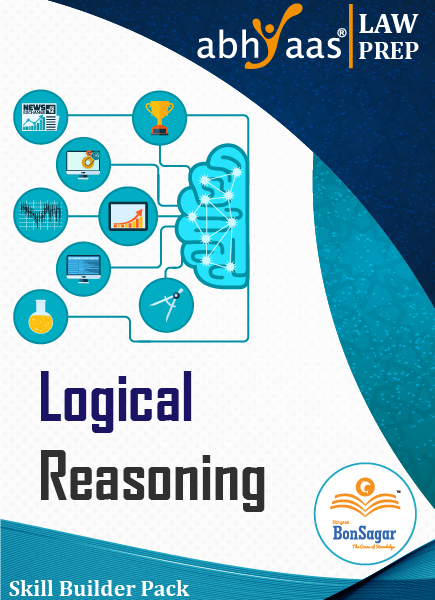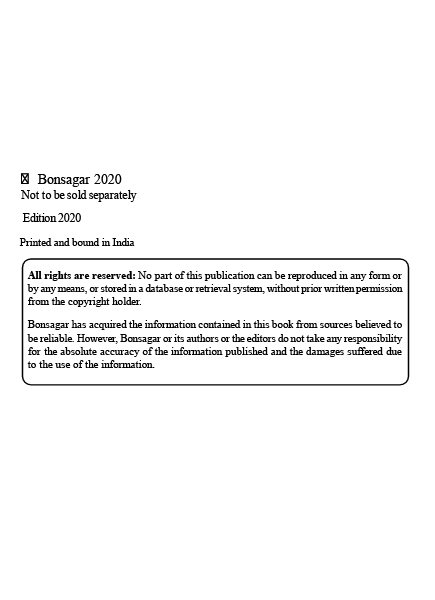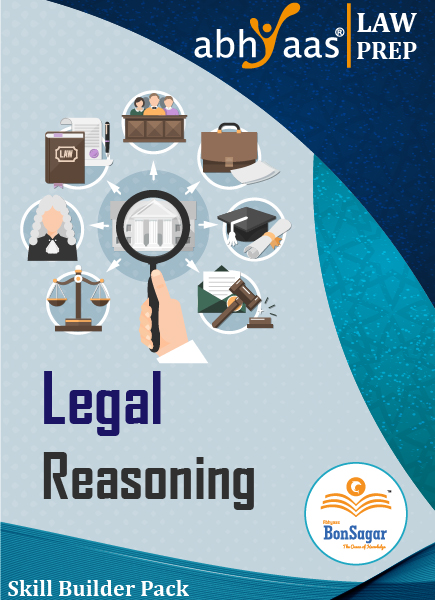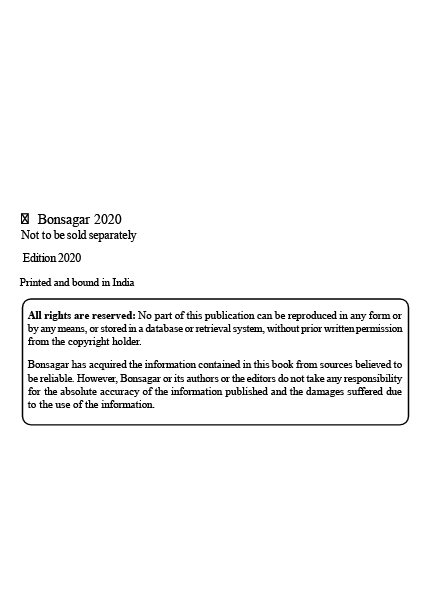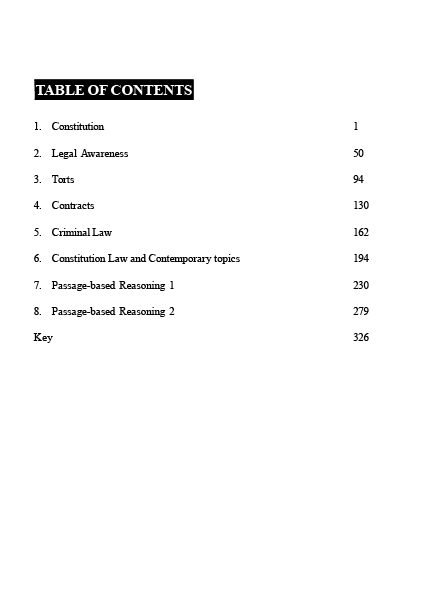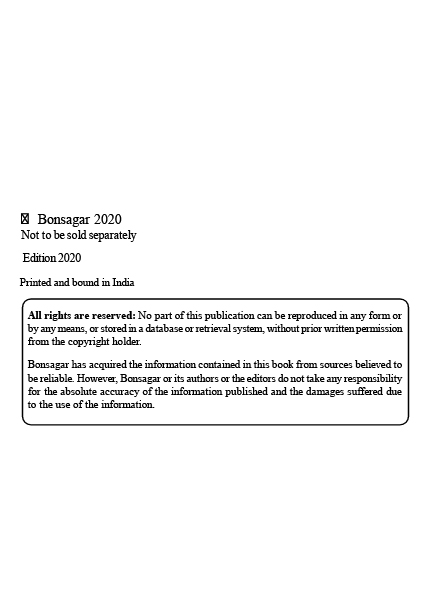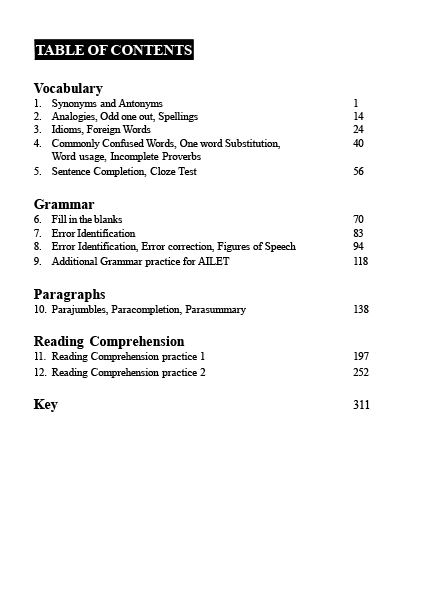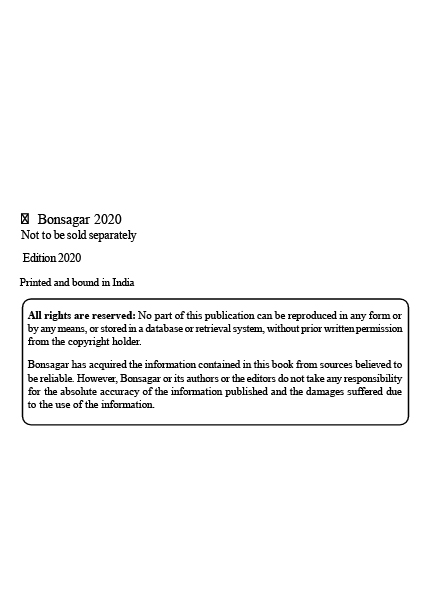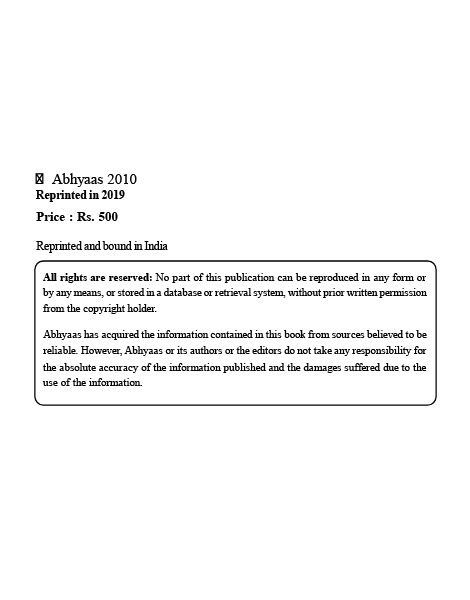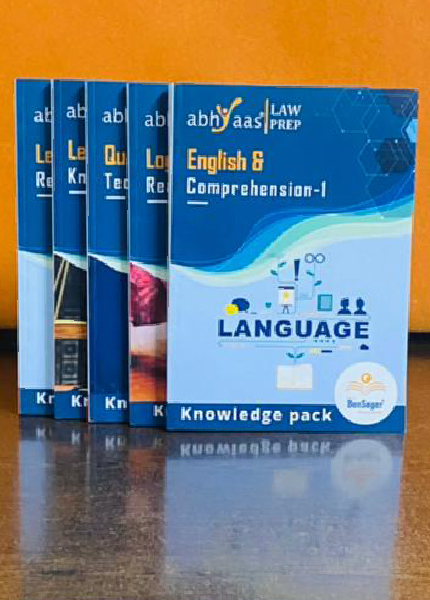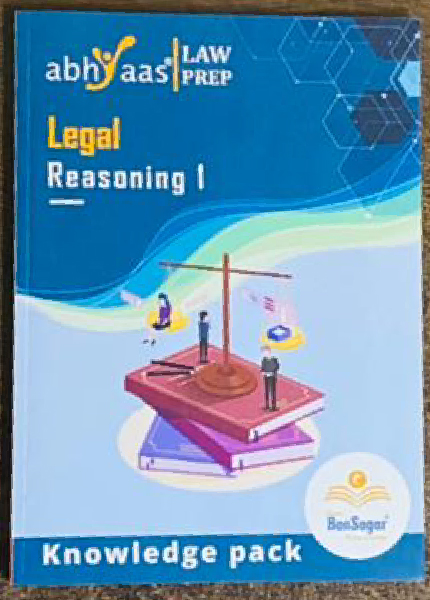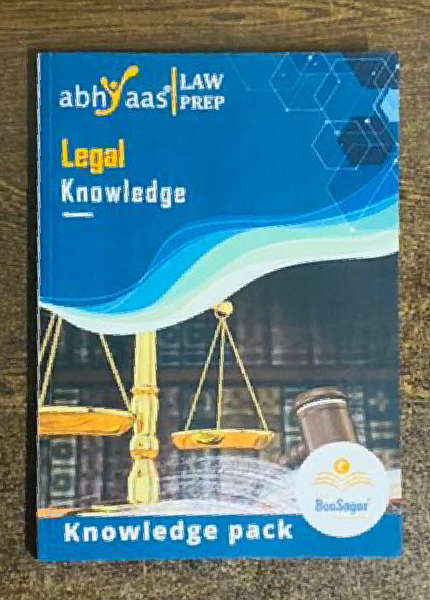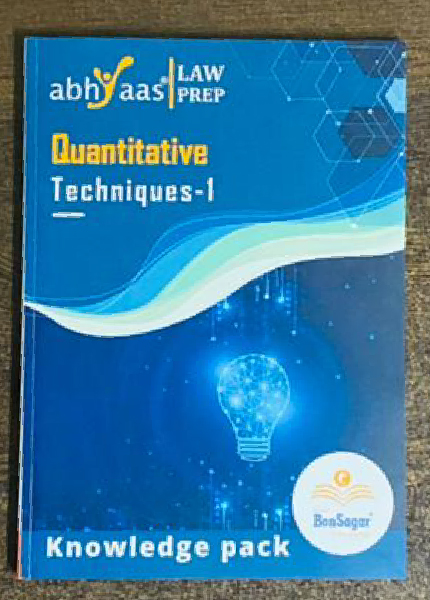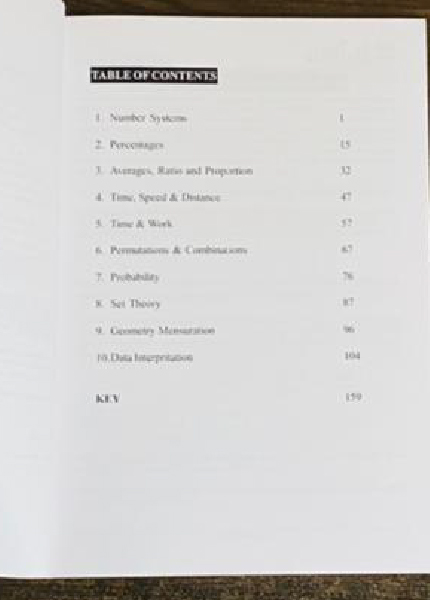Difference between Hons. And Regular degree in Law
Fundamental Difference
Essentially, the distinction between non-Honors and Honors courses lies in the depth of knowledge and specialization, rather than the ultimate outcome of obtaining a law degree and qualifying for the bar council to practice as an advocate. While both pathways lead to the same endpoint, the Honors degree may signify a more thorough understanding of law during the recruitment process, given its emphasis on a greater number of subjects and specialized study.
How Does Syllabus Differ
The syllabus divergence between Honors (HONS) and non-Honors law courses primarily lies in specialized subjects, as the core subjects mandated by the bar council are consistent across both. Both Honors and non-Honors courses include the essential subjects required by the bar council, ensuring a common foundational knowledge. The key disparity emerges in the additional specialized subjects, contributing to a more comprehensive understanding of law in Honors courses. Notably, the Honors program typically entails a higher number of subjects and an increased total credit requirement, highlighting the depth and breadth of legal education in comparison to non-Honors courses.
Number of Classes and Subjects
The ‘Rules of Legal Education 2008’ by the Bar Council of India provide detailed guidelines on the minimum number of subjects and papers required for various law courses, both with and without honors, as well as with or without specialization. Here is a breakdown of the key points:
Honors in Law (Without Specialization):
A minimum of 36 subjects must be studied for a course to be termed an Honors degree in law.
This includes 18 compulsory papers, 4 clinical papers, 6 optional papers, and 8 papers in the Honors course from any specified group (outlined in Schedule II of the Rules).
Integrated Degree (B.A + LL.B):
The university, empowered by the Bar Council of India, can design an integrated degree program, such as B.A. + LL.B.
For example, B.A., LL.B (Hons.) is essentially a combination of a first degree in Bachelor of Arts (14 subjects) and a second degree in Bachelor of Law (Honors, with 36 subjects).
Pass-Course (B.A., LL.B) vs. Honors Course (B.A. (Hons.)):
- B.A., LL.B requires the study of 14 B.A. subjects and 28 LL.B subjects, totaling 42 papers.
- B.A. (Hons.), LL.B involves 20 B.A. (Hons.) subjects and 28 LL.B subjects, totaling 48 papers.
- B.A., LL.B (Hons.) combines 14 B.A. subjects with 36 LL.B (Hons) subjects, totaling 50 papers.
- B.A. (Hons.), LL.B (Hons.) includes 20 B.A.(Hons.) subjects and 36 LL.B (Hons) subjects, totaling 56 papers.
Number of Hours Prescribed:
For the LL.B component of B.A., LL.B, a minimum of 18 weeks per semester with at least 30 class hours per week is required.
For the LL.B (Hons) component of B.A., LL.B (Hons.), a minimum of 36 class hours per week is prescribed.
Freedom of University to Design the Course:
The university has the freedom to design the course based on its facilities, as permitted by the Bar Council of India Rules and Schedule 2 of the Rules of Legal Education, 2008.
Specialization:
Rules on specialization are separate, and a degree may include a specialization component. For example, LL.B (Hons.) in Energy Laws requires the student to study 8 papers in the specific field of Energy Laws.
In summary, the rules outline the structure, subjects, and minimum requirements for various law courses, giving universities flexibility in designing their programs within the framework provided by the Bar Council of India.









